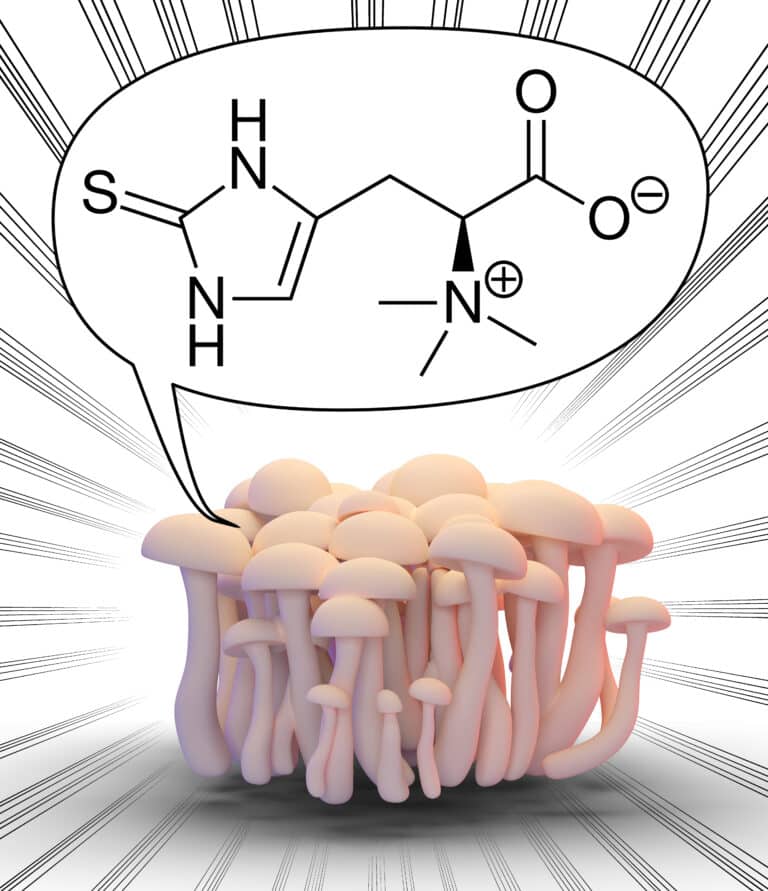Eicosapentaenoic acid (EPA)
EPA and DHA are the commonly used abbreviations for eicosapentaenoic acid (EPA) and docosahexaenoic acid. These are two essential polyunsaturated fatty acids that belong to the class of valuable omega-3 fatty acids. Essential means that our body absolutely needs eicosapentaenoic acid (EPA) and DHA for a variety of important biological functions but cannot produce the…
Electrolytes
Electrolytes are vital for our body and its water balance. The minerals contribute to the regulation of muscle and nerve functions and ensure that the body’s water and acid-base balance remains stable. In the worst case, an electrolyte deficiency can have life-threatening consequences. Electrolyte cosmetics are a type of cosmetic products that contain electrolytes. Electrolytes…
Epigallocatechin-3-gallate
Epigallocatechin-3-gallate is a polyphenol that occurs mainly in green tea. In black tea, the proportion of epigallocatechin-3-gallate is significantly lower, since here the catechins become oligomeric theaflavins during fermentation. Epigallocatechin-3-gallate (abbreviated EGCG) is a valuable antioxidant and accounts for about one-third of the dry weight of green tea. Other natural sources include apple peels, onions,…
Ergothioneine (EGT)
When we think of antioxidants, vitamins A, C and E and polyphenols, which are found in many berries, tomatoes and spices such as turmeric, come to mind. Ergothioneine (EGT), on the other hand, is not yet so well known, although it has an extremely positive effect. The naturally occurring amino acid was named after the…
